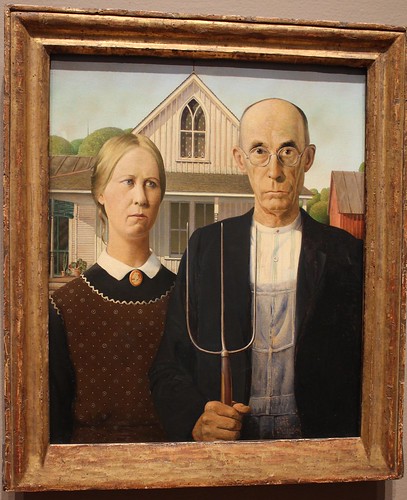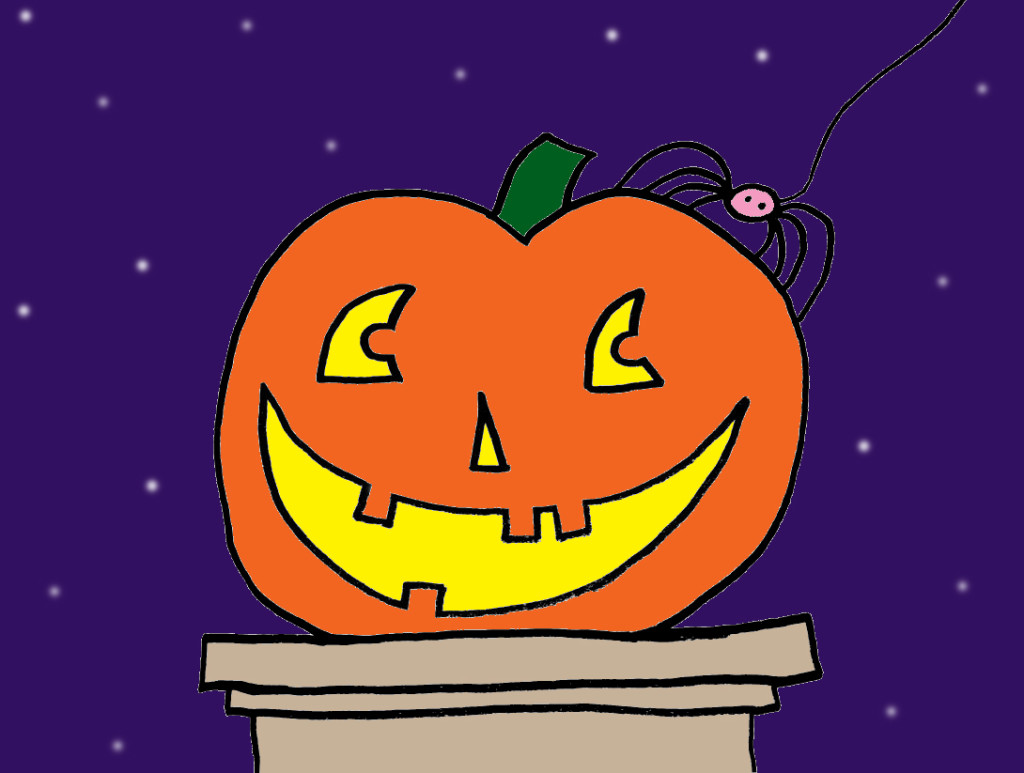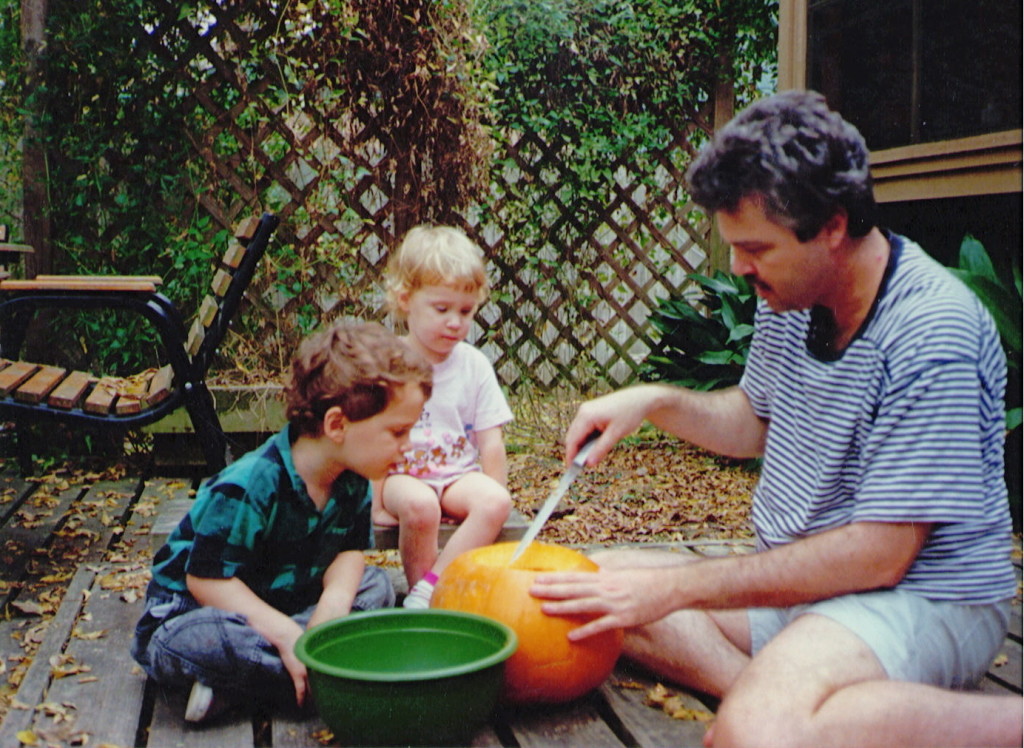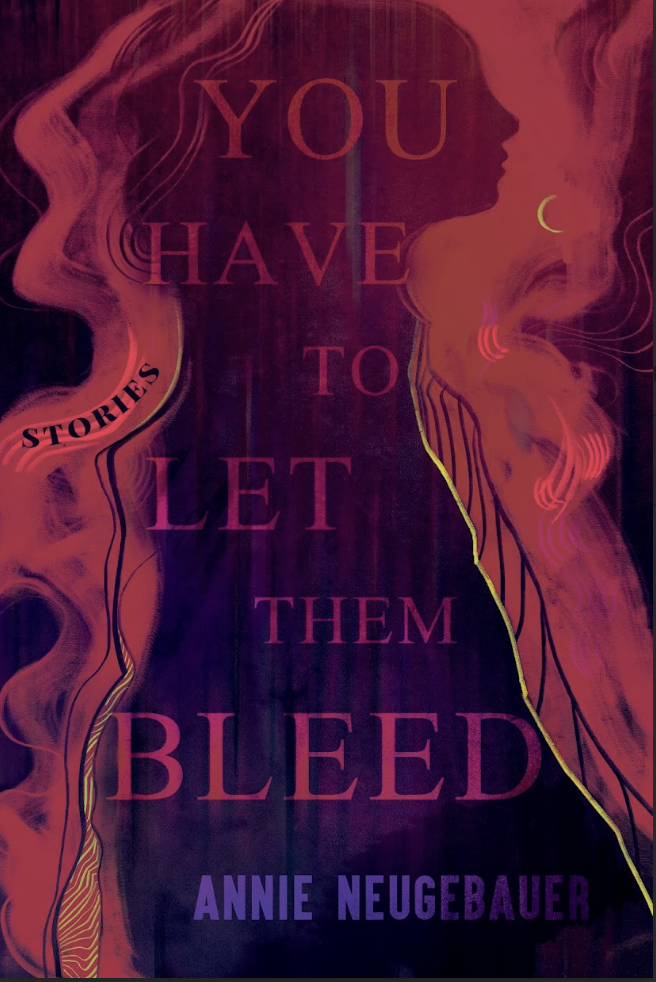I’ve decided to continue my trend of analyzing, defining, and explaining literary genres by illuminating one of my favorite and often-misunderstood genres; gothic fiction.
So what is gothic fiction? Let’s start at the very beginning…
Gothic History
The Goths were a Germanic tribe that battled the Roman Empire for centuries and played a large role in shaping Medieval Europe as well as the English language as we know it. You might assume that “gothic architecture” came from these people, but you’d be wrong. During the Renaissance, people began to rediscover Greco-Roman architecture. They called it “gothic” not because it was the building of the Goths, but because they considered it “barbaric” like said tribe. The name stuck.
Gothic Fiction
Now we get to fiction. The gothic novel began around 1780 and grew in popularity and established itself as a genre into the 1800’s. The genre came to be called “gothic” because so many of these books took place in castles, abbeys, mansions, and other buildings of the gothic architectural style (which wasn’t really Gothic; how’s that for convoluted?).
Of course, setting a book in a gothic building isn’t enough to make the book gothic. Gothic literature became trendy enough to become its own genre, and like all genres, it established its own set of staples, messages, and tropes. At its very root, gothic fiction is a blend of romance and horror. Love and fear. Beauty and grotesquerie. It uses this contrast to heighten each.
If we focus on this juxtaposition, many of the gothic staples become quite obvious: the beautiful maiden, locked away by a villain; the exquisite old mansion, now in ruins; the touching love story, shattered by dark secrets. This constant contrast of the darkest and most lovely elements lends the works an exquisite sense of drama that often borders on melodrama, which in turn opens up the genre to parody of all scopes and intents – another common feature of gothic literature.
The final staples of the genre are atmosphere and setting. These are often utilized to such a degree that they cause a minimization of character. The protagonists in gothic novels might be nondescript, but the atmosphere is a pervasive sense of dread so thick you could walk on it. Gothic setting goes back to the genre’s roots in architecture. In early gothic novels, the buildings are intensely–you guessed it–atmospheric. The choice of using once-splendid buildings that are now crumpled in rot and decay is often believed to be a commentary on the state of society.
Contemporary gothic novels don’t have to use gothic architecture, but they do uphold this tradition of settings so vivid they become not just an atmosphere but an entire character. If you remove the setting of a gothic novel, the atmosphere disappears and the story disintegrates. Thus “southern gothic” makes such use of its southern setting that it permeates every aspect of the novel; contemporary gothic does the same with more modern locations, and so on.
Along with staples, there are tropes. Tropes are not necessary, but are great ways to help readers recognize when what they’re reading is gothic. Common gothic tropes include: the virginal maiden held against her will, the oppressively evil villain, ghosts (both real and perceived), incest (both real and perceived), thugs/bandoliers/other gangs of bad guys, members of the cloth (both corrupt and holy), prophecies, omens, and other inescapable futures inherited from the past, the supernatural (both real and perceived), skeletons, locked and hidden doors and passageways, mystery, and – of course – forbidden love.
Just for fun, let’s take a look at one of my favorite examples: Carrie Ryan’s YA zombie novel The Forest of Hands and Teeth. Bet you thought it was a regular old dystopian horror novel, didn’t you? I happen to believe it’s a gothic novel disguised as a zombie novel. Let’s break it down. [WARNING: Some mild spoilers ahead.]
- horror: Mary’s village lives in constant fear of the Unconsecrated (zombies) breaching their fences.
- romance: Mary is in love with Travis.
- drama/melodrama: Love quadrangle; complications.
- vivid atmosphere: The Guardians, the Sisterhood, the Unconsecrated, the Forest of Hands and Teeth… you might be able to guess that the atmosphere is overwhelmingly vivid.
- setting as character: Check. The village, the pathways, the forest… all striking. The book would fall apart without this setting.
- the virginal maiden held against her will: Mary is trapped in her small town–literally fenced in.
- members of the cloth: The Sisterhood, implied descendants of nuns, is the dominant authority.
- bands of bad guys: The Guardians keep all zombies out… or are they keeping the villagers in check?
- inescapable inheritance: Mary is obsessed with her mother’s oral history of the world before the apocalypse, including rumors of the ocean beyond the forest.
- the supernatural: Zombies!
- locked doors, secrets: The Sisterhood seems to hold the truth about the world before, but won’t tell.
- architecture: The ruined tower that Mary visits to get away.
- a mystery: The fences around the town branch off into two fenced-in pathways. Where do they lead? No one knows. Mary wants to find out.
- forbidden love: Although Mary loves Travis, he won’t marry her because his brother is in love with her.
- ruins and decay: The zombies are literally decaying and the tower is literally in ruins, but more importantly, when you look at it this way, the gothic message of the deterioration of society is only a hop, skip, and a jump away from dystopia, isn’t it?
Have I convinced you yet? We can do the same game with Rebecca, Wuthering Heights, Flowers in the Attic…
Gothic as a Euphemism for Horror
As I’ve covered before, the horror genre as we know it today blossomed from gothic fiction. The fact that said subgenre actually gained enough popularity to become the dominant genre creates an interesting peculiarity: “gothic fiction” is now often considered a subgenre of “horror,” even though it was originally the parent genre.
The fact that horror has roots in gothic fiction does indeed blur some lines. And perhaps because horror as a genre struggles with literary credibility, “gothic” has become a euphemism for “horror.” If book sellers are afraid that marketing a novel as “horror” will chase away potential readers, “gothic” sounds softer and is generally a less-stigmatized word. Likewise, many closeted horror fans will call their favorite horror novels “gothic novels” to imply quality or literary merit that others don’t believe horror can obtain.
As a writer who is actively involved in both horror and gothic fiction, this drives me absolutely crazy, but it doesn’t change the fact that it’s true. Stephen King novels, for example, are often called “gothic fiction” by readers who don’t want to be associated with blood and gore, but King quite simply doesn’t write gothic literature; he writes horror. (There might be some exceptions, perhaps Bag of Bones, but it’s been too long since I’ve read it to be certain. ‘Salem’s Lot, for example, is not gothic; it’s straight horror. The fact that it’s good and has some real value doesn’t change that.)
Unfortunately, this use of gothic as a euphemism for horror confuses the terminology for the casual reader, making it harder for horror to gain respect as well as making it more difficult to hunt down authentically gothic novels.
Note: It’s also worth mentioning that gothic, as a combination of horror and romance, has also had great ‘spin-off’ success in using predominantly horror or predominantly romance. Thus we hear books categorized as “gothic romance” or “gothic horror.” Generally what you can expect from these subgenres is a healthy dose of gothic style and themes, but leaning more heavily toward either a love story or the scares.
Goth Subculture
Others know of “gothic” as a way to describe a certain clique in high schools everywhere. This subculture of black clothes, shocking makeup, and moody music does take inspiration from gothic literature, as well as from the subsequent emergence of the horror genre. The strongest tie here is to the concept of romance mixed with horror, so many “goths” play with mixing beauty and startling imagery, whether in their personal style or artistic tastes. A good example would be clothes styled after ornate Victorian frocks, contrasted with “hard” things like safety pins, piercings, and tattoos.
Other Gothic Art
And of course, fiction wasn’t the only art form to get in on the strange and convoluted history of gothicism. At the same time that gothic architecture was gaining steam, a sister-style of art blossomed as well, which can be seen showcased in and often intertwined with gothic architecture in the form of stained glass, sculpture, and fresco. And as with gothic fiction, this style of art evolved and is often referenced in what you’ll hear called “modern gothic,” which picks and chooses which elements of the genre it wants to use and comment on–as does much “modern gothic” literature today.
There you have it: the long, complex, and multi-faceted breakdown of what gothic means. When you know a little history and accept that the same word means different things to different fields (art, history, architecture, fiction, culture…), it becomes clear that these are actually many things connected by a very thin thread. Hopefully I’ve helped you follow that thread to a better understanding of gothic fiction.
And how about that Forest of Hands and Teeth, huh? What’s a novel you’ve read that you now recognize as gothic fiction in disguise?
Like this post? Check out all posts in the What is Genre? series!
Share this:








